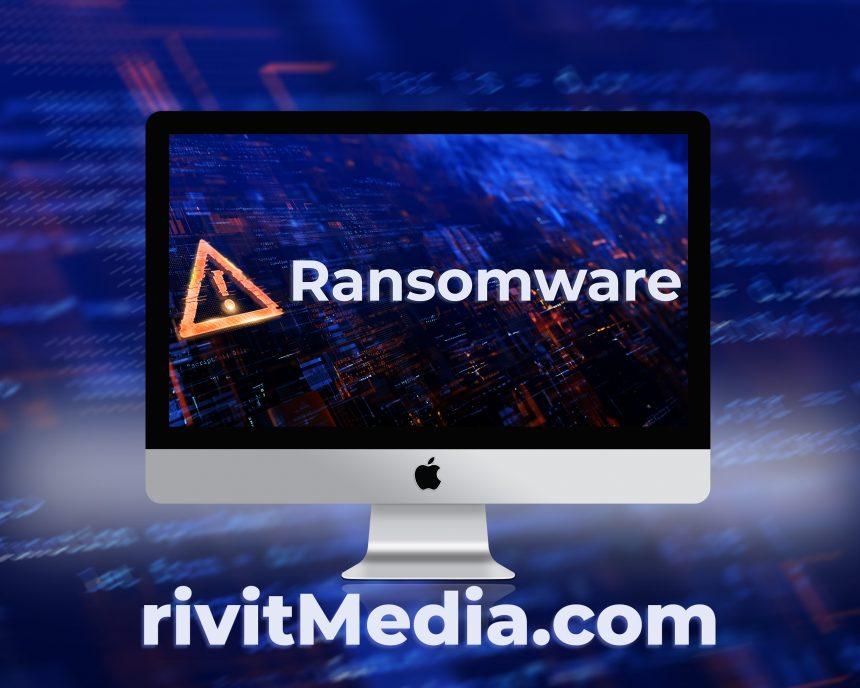In the labyrinth of cyber threats, ransomware stands out as one of the most insidious adversaries, causing havoc and despair for countless individuals and organizations. Among its notorious ilk is the 777 (GlobeImposter) ransomware, a malicious program engineered to infiltrate systems, encrypt files, and extort victims for financial gain. Understanding its modus operandi, ramifications, and countermeasures is paramount in safeguarding against its pernicious effects.
The Anatomy of 777 (GlobeImposter) Ransomware
777 (GlobeImposter) ransomware, as its name suggests, operates under the umbrella of the GlobeImposter ransomware family, characterized by its penchant for encrypting files and appending a “.777” extension to their titles. Upon infection, victims are confronted with a harrowing reality as their once-accessible files become inaccessible cryptographs, holding them hostage until a ransom is paid.
The ramifications of falling prey to 777 (GlobeImposter) ransomware are dire. Encrypted files become unusable, leading to productivity loss, financial implications, and potential data breaches if sensitive information is compromised. Moreover, the ransom note serves as a chilling reminder of the extortionists’ demands, coercing victims into a precarious dilemma of whether to succumb to their demands or face the irreversible loss of cherished data.
Identifying 777 (GlobeImposter) ransomware amidst the digital landscape is imperative for effective mitigation. Detection names such as Avast’s “Win32:RansomX-gen [Ransom]” and Kaspersky’s “HEUR:Trojan.Win32.Generic” serve as beacons of recognition, aiding in the identification and containment of this nefarious threat. Moreover, cognizance of similar ransomware variants such as Datah, Farao, and Synapse fortifies defenses against potential incursions.
Removal Guide for 777 (GlobeImposter) Ransomware
The eradication of 777 (GlobeImposter) ransomware necessitates a meticulous and comprehensive removal process. Follow these steps diligently to expunge this pernicious malware from your system:
- Disconnect from the Internet: Severing the connection prevents further data exfiltration or propagation of the ransomware.
- Enter Safe Mode: Boot your system into Safe Mode to neutralize any active malicious processes.
- Identify Malicious Processes: Utilize Task Manager or equivalent tools to identify and terminate any suspicious processes associated with 777 (GlobeImposter) ransomware.
- Remove Registry Entries: Navigate to the Windows Registry Editor and delete any malicious entries pertaining to the ransomware.
- Delete Malicious Files: Locate and delete the malicious files associated with 777 (GlobeImposter) ransomware from your system.
- Restore from Backup: If available, restore encrypted files from a secure backup unaffected by the ransomware.
Best Practices for Prevention
Prevention is the cornerstone of effective cybersecurity. Employ the following best practices to fortify your defenses against ransomware and similar cyber threats:
- Maintain Regular Backups: Regularly backup your data to secure, offline locations to mitigate the impact of ransomware attacks.
- Exercise Caution with Email Attachments: Exercise caution when opening email attachments, especially from unknown or suspicious sources.
- Keep Software Updated: Ensure your operating system and security software are updated regularly to patch vulnerabilities exploited by ransomware.
- Implement Endpoint Protection: Deploy reputable endpoint protection solutions to detect and thwart ransomware attacks in real-time.
- Educate Users: Educate users on cybersecurity best practices, including the recognition of phishing attempts and suspicious online activities.
Conclusion
777 (GlobeImposter) ransomware epitomizes the existential threat posed by ransomware in today’s digital landscape. Vigilance, preparedness, and swift response are essential in mitigating its impact and safeguarding against future incursions. By understanding its intricacies, implementing robust cybersecurity measures, and fostering a culture of resilience, individuals and organizations can thwart the malevolent ambitions of cybercriminals and preserve the integrity of their digital assets.





